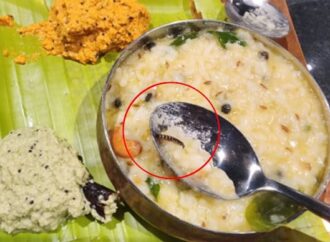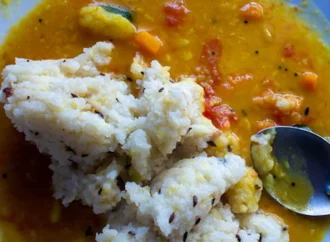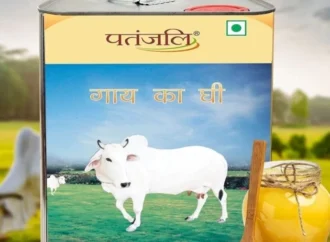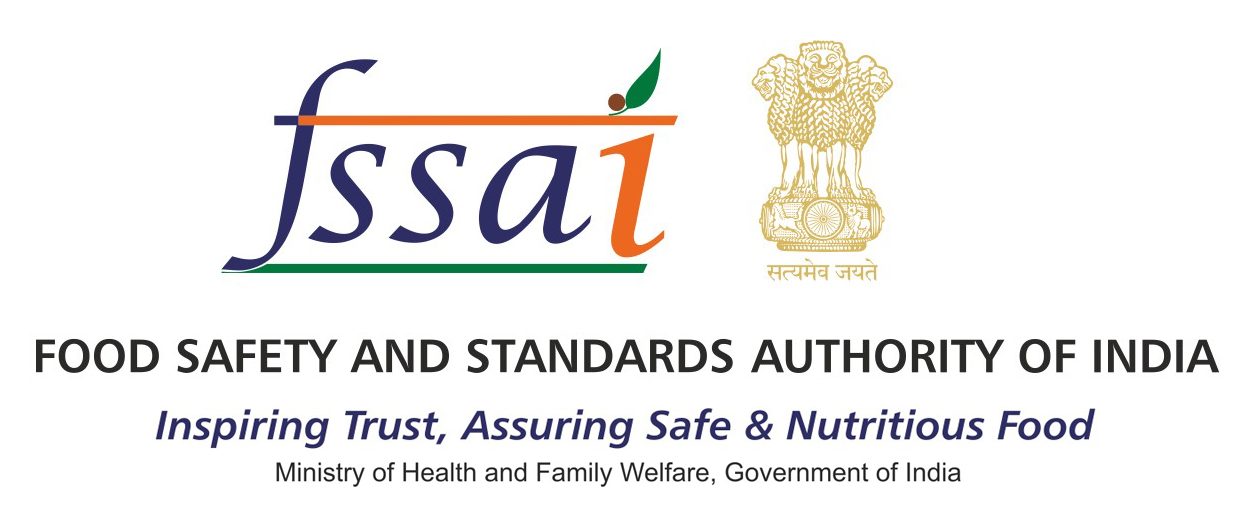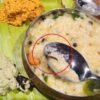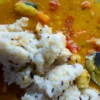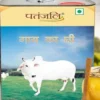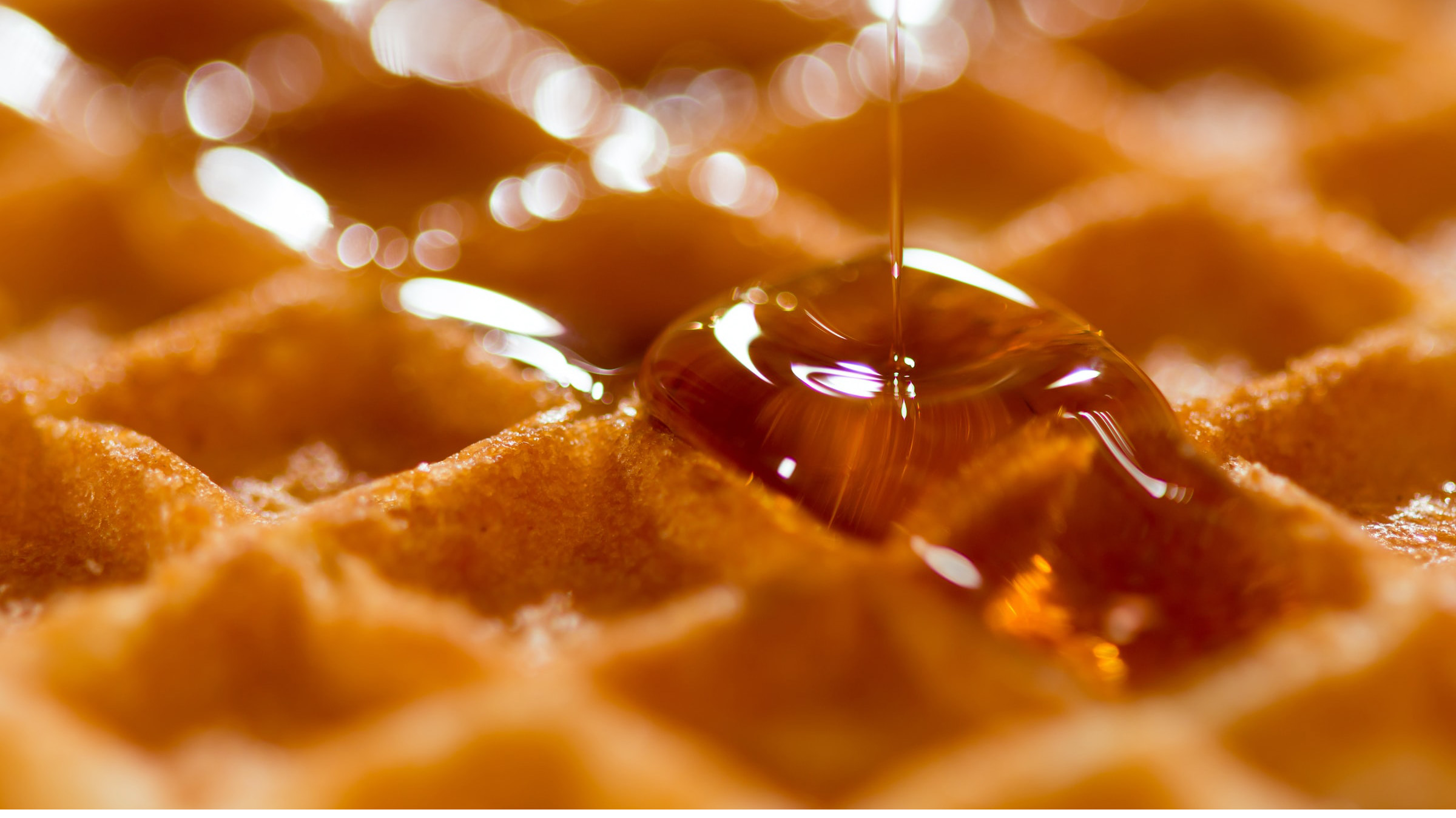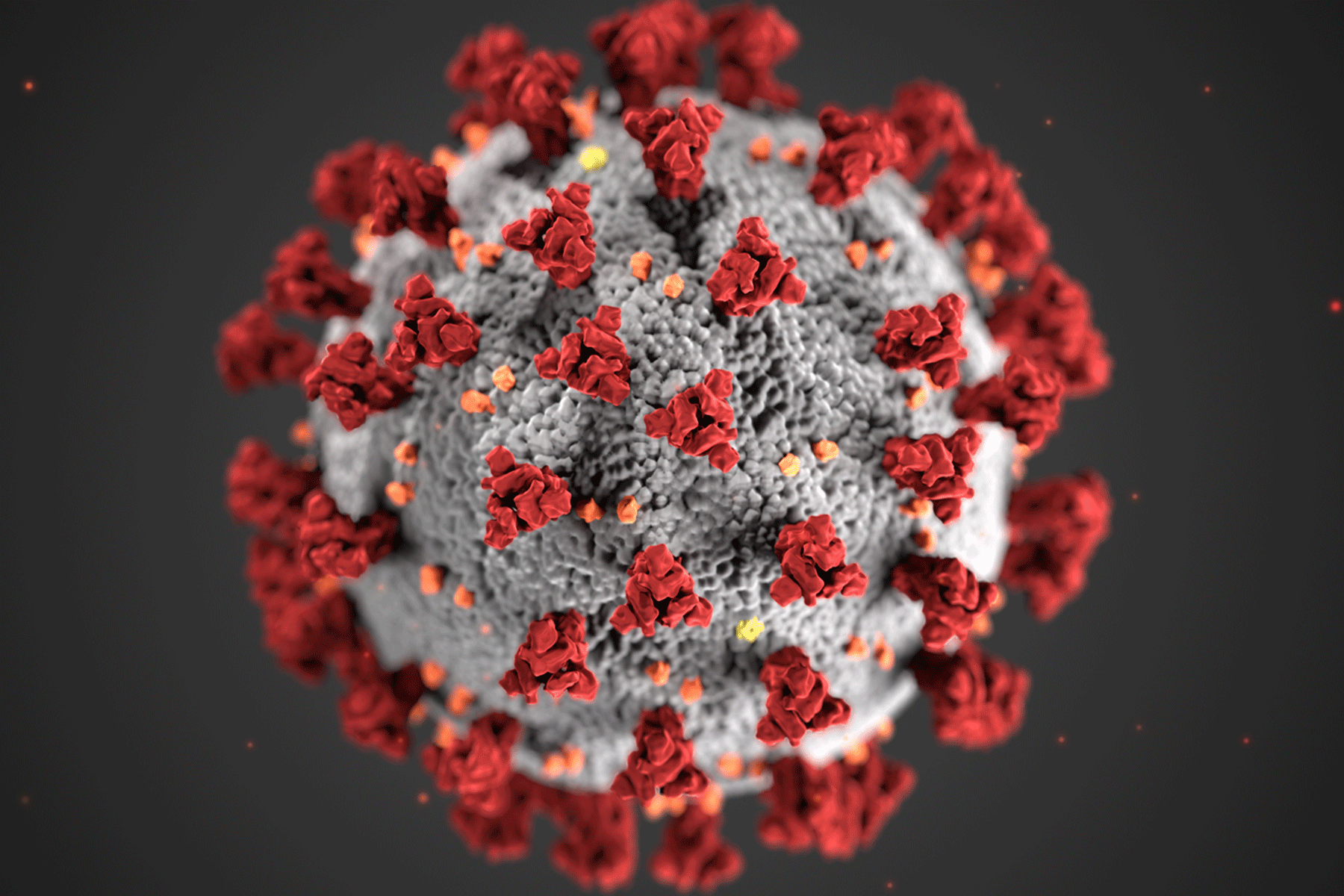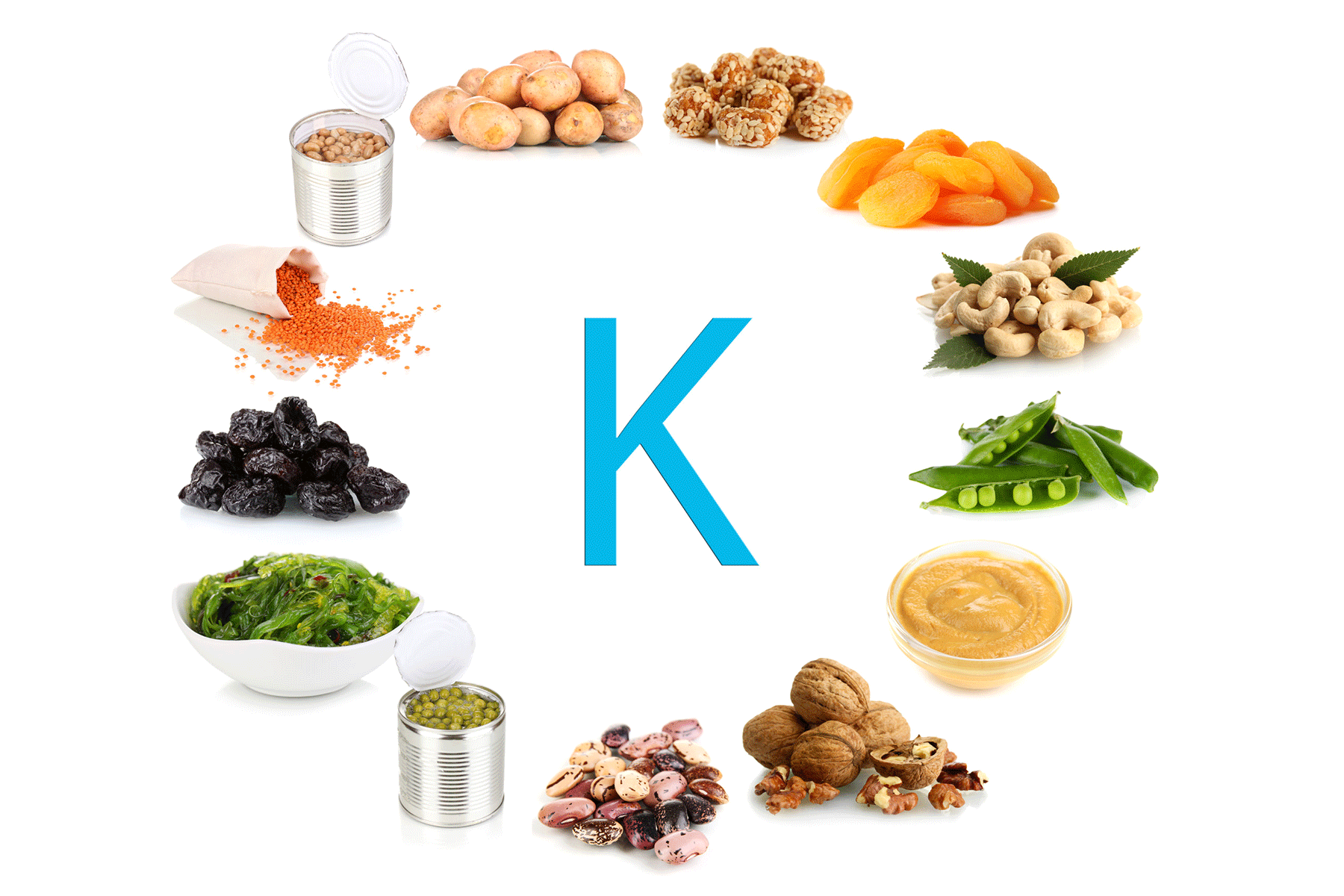Key Update
For years, scientists and chefs have searched for a protein source that is both nutritious and eco-friendly, and the answer may lie in crickets. These tiny insects are now being processed into flour that can enrich bread, pasta, snack bars, and soups, offering a nutrient-packed ingredient with a very low environmental footprint.
Cricket as a Protein Source
According to Dr. Carlos Gabriel Arp from Argentina’s National University of La Plata, crickets are about six times more efficient than cattle at converting food into protein. They grow quickly, need less food, water, and land, and release minimal greenhouse gases. When ground into flour, crickets deliver:
-
60% protein by weight – higher than chicken or eggs.
-
All nine essential amino acids, making it a complete protein.
-
Rich in iron, zinc, calcium, magnesium, and healthy fats.
-
Chitin, a fibre that supports gut health.
-
Good digestibility (67%), comparable to soy and higher than many beans.
Just two tablespoons of cricket flour provide more iron than a cup of spinach and nearly half the daily zinc requirement.
How it Works in Food
-
Bread: 15% cricket flour increased protein by 80% without altering taste or texture.
-
Pasta: Replacing 18% of wheat flour preserves colour and elasticity.
-
Snack bars: Acted as a natural binder while adding protein.
Health Benefits
-
Complete protein with balanced amino acids.
-
Rich in lysine (missing in wheat) and leucine (key for muscle growth).
-
Contains heart-friendly fats like linoleic and oleic acid.
Sustainability Edge
-
Produces under 3 lbs of CO₂ per lb of protein (vs. 27 lbs from beef).
-
Uses <1,000 gallons of water per lb (vs. 13,000 for beef).
-
Can thrive on food waste such as fruit pulp or brewery byproducts.
-
Produces frass (droppings), a natural fertiliser.
Making Crickets Acceptable
In India, the real challenge is not nutrition but acceptance. Many people hesitate to eat insects due to cultural perceptions, yet cricket flour blended into familiar foods like rotis, biscuits, bread, or pasta can remove this hesitation. Marketing that highlights cricket flour’s high protein, iron, and eco-friendly benefits could make it more acceptable, especially to health-conscious urban consumers. Globally, cricket flour is already gaining recognition — the European Union has approved several species for human consumption, and in the U.S., it holds “generally recognised as safe” (GRAS) status. If awareness grows and prices fall, India too could see cricket-based products entering modern grocery stores and health food chains in the coming years.
Source: Foodtech News
 Food Manifest
Food Manifest 
